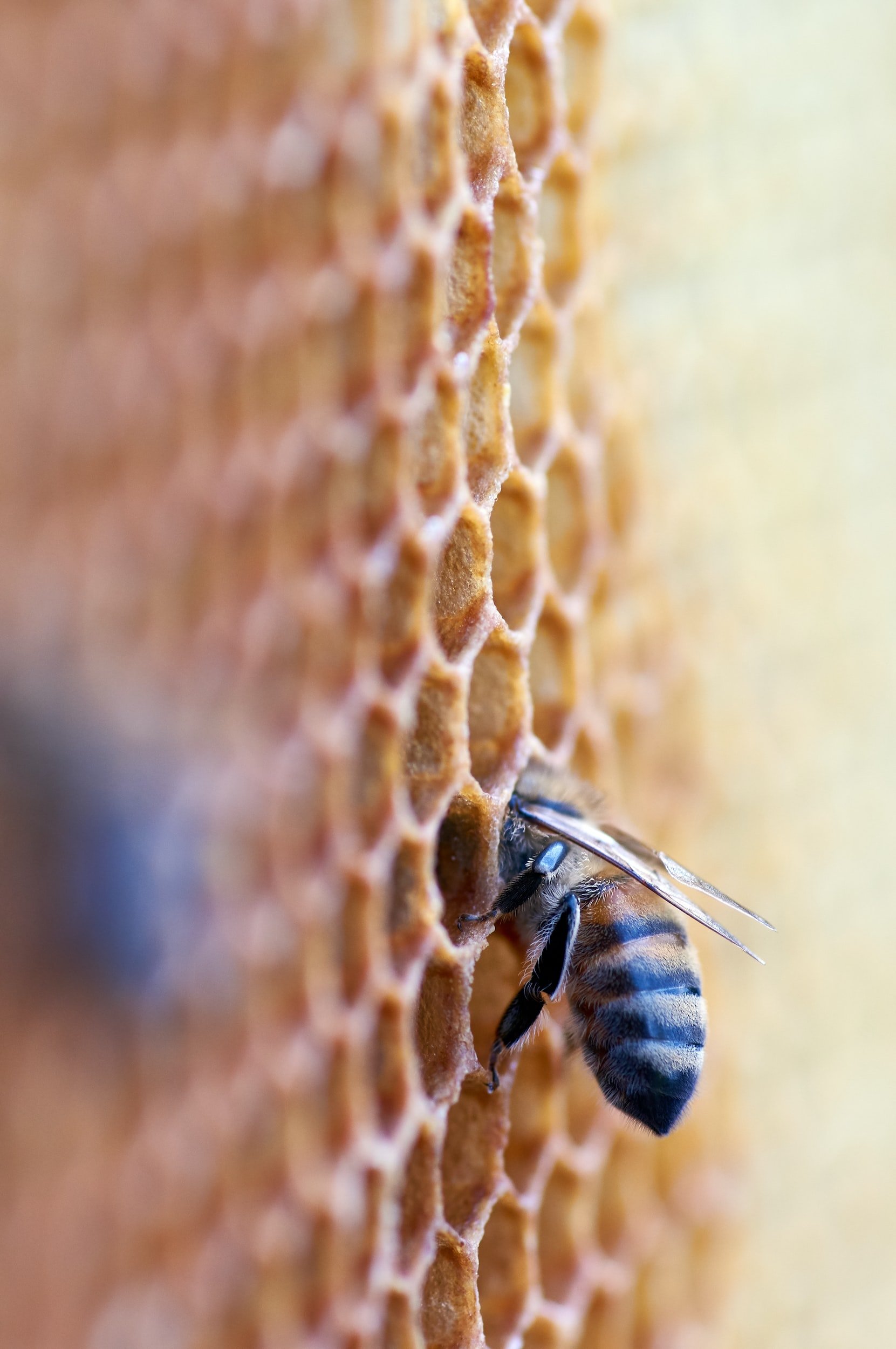Exploring Common Places to Find Beehives in a House
Once a hive is suspected or located, only an expert in hive removal should complete the removal process.
It’s not uncommon for bees to set up residence in a home. Unfortunately, many homeowners have faced this problem. While not wanting to harm the insects, an indoor beehive can present numerous issues. Hives can be inside the house but are commonly found between walls or ceilings.
An occasional bee can sometimes find its way indoors. However, the presence of an unusual number of indoor bees could be an indication that there’s a beehive located somewhere in the house. Sometimes the hive can be challenging to locate, but there are some ideal places to look:
In the attic
All attics have a vent hole that allows for ventilation. Most are covered with a screen. If it’s damaged or the mesh is large enough for bees to squeeze through, it’s not uncommon for bees to build a hive on the underside of the roof. This location protects and hides the hive. Noticing a large amount of bee activity around the attic vent is a sign there could be a beehive in the attic.
Stove, bathroom, or dryer vents
These types of vents are common in all homes. The purpose of these vents is to allow indoor air to flow outdoors. However, bees can quickly get into them without proper mesh and sealed gaps and then build a beehive between the walls.
Gaps or cracks in exterior walls
Bees can gain entry to the home through any small holes, gaps, or cracks. These make easy access points for bees. Once safely inside, bees can build a hive in any available space. Gaps between roofing tiles could also provide indoor access. In addition, any place outside the home where wires or vents are installed could be a location for a beehive if not correctly sealed.
Chimney
Bees can squeeze through tiny holes. If a chimney isn’t adequately enclosed in tightly wound mesh, it could be an invitation for bees to set up camp. Noticing large amounts of bees entering the chimney, accompanied by sounds of them buzzing from within it, is a clear indicator of a beehive.
Garages
A home’s garage provides an excellent location for a beehive. Gaining entry can be easy for the bees and accomplished through the open door or other means. Common garage beehive locations include corners close to the ceiling or interior walls.
Hire a professional for safe beehive removal
Only a pest control specialist should remove a beehive located in the interior of a home. Swarming bees could cause bodily injury, and homeowners should not attempt a DIY removal. Once a hive is suspected or located, only an expert in hive removal should complete the removal process.
San Tan Pest And Weed Control offers reliable pest control for residential and commercial customers in Mesa, Tempe, Ahwatukee, Phoenix, Lower Santan Village, Queen Creek, Scottsdale, Paradise Valley, Gilbert, and Chandler. Our pest management services control scorpions, ants, termites, bees, wasps, fleas, rodents, cockroaches, weeds, and more. We provide attic and crawl space cleaning and home sealing services to keep pests out. Call us at (480)405-0690.

